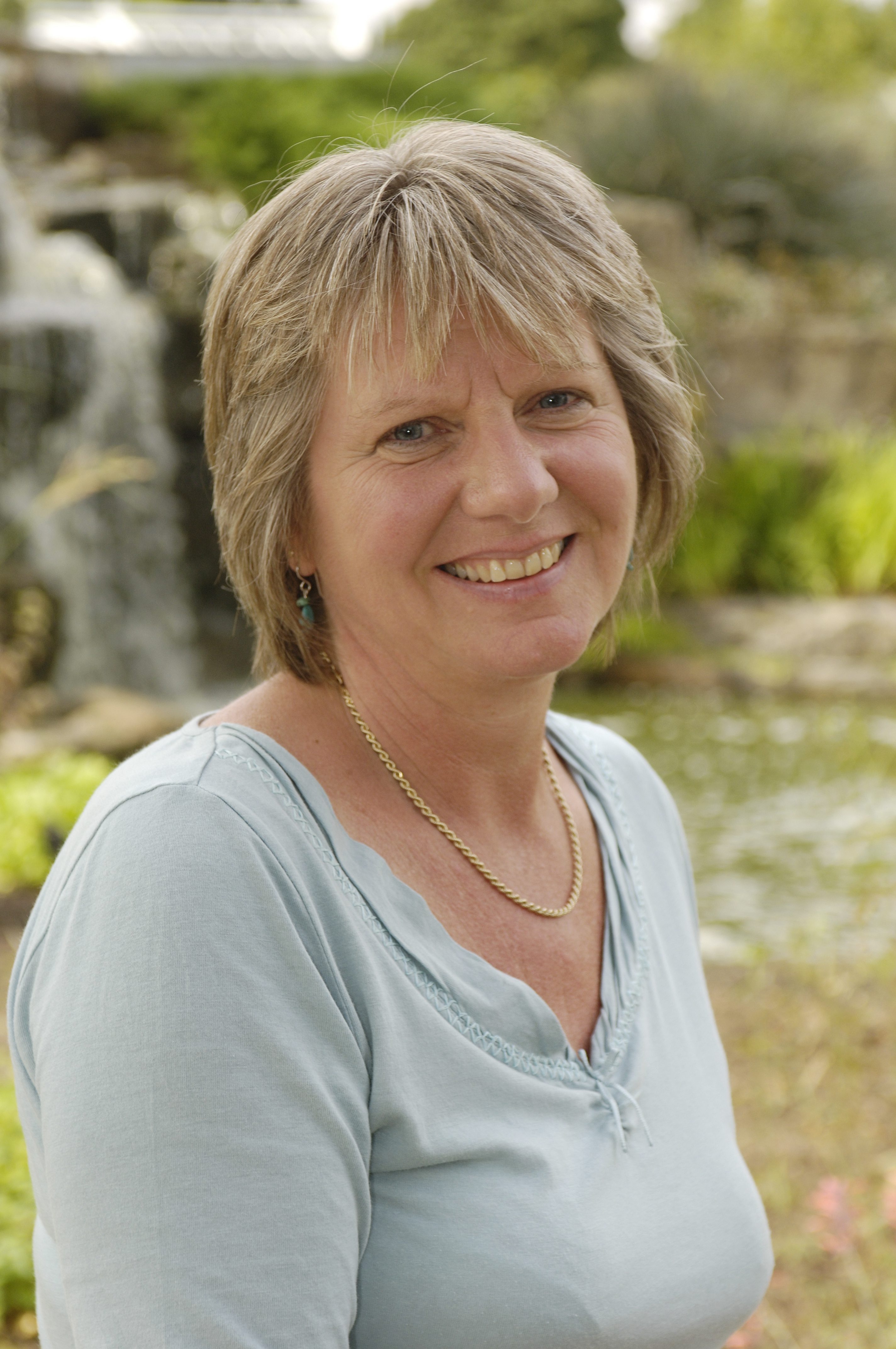“In general, botanical gardens would not be regarded by the public as key players in the wider field of biodiversity conservation. Many would be surprised to discover that they are involved in crucial restoration and reintroduction projects – there is a tremendous amount of research taking place on taxonomy, classification, characterisation, identification and so on. However, because this work is conducted behind the scenes, it is often shielded from the public’s eyes. What a botanic garden can do, is to provide that interface between plant and botanical science for the public.
More than one third of named plant species are held in collections across the world’s botanical gardens. Overall, there are three main roles from my perspective for botanic gardens: conservation, knowledge transfer and public outreach.
At BGCI our mission is to ensure that botanic gardens throughout the world are well linked at an international level. We support regional networks and bring them together at a global level. We also ensure that information flow and adequate resources are accessible throughout our network. We do of course also work with individual gardens and national botanic garden networks, where they exist.
An even far less discussed link for botanic gardens is their role in developing more sustainable farming systems through collaborative projects. The future of agriculture rests on being able to develop new crop varieties with increased resistance to emerging pests and diseases and climate changes.
Botanic gardens harness knowledge on what plant species grow in particular situations, however, they are not set up to produce seeds in large quantities. To do so, effective collaboration between gardens and seed producers and ultimately farmers is required. Making seed of the right species available will help to futureproof crop varieties as it is these wild counterparts that hold the key to resilience. Conserving and understanding all these species is crucial.
Part of improving collaborations with breeders and farmers is ensuring we have the correct partnerships in place. To bridge the gap, we require better databases. For example, at present we have an established database that gathers information on what plants are being grown in botanic gardens however, it does not link well with information available from crop gene banks, and we are working to address this. The main challenge lies not with the technology but with the actual data. Not to mention that there are constraints around access and benefit sharing and therefore we have to be cognisant of operating within the right guidelines and legislation.
In the UK for example, due to Brexit there is an increased need for phytosanitary certification in order to exchange plant material with Europe, and of course this comes with more bureaucracy.
I believe it is important for the public to be made more aware of the work carried out behind the scenes in botanic gardens and to understand that wild plants, especially those related to crops, represent crucial reservoirs of genetic material that will be required in the future. Efforts are being made in this regard, with for example, Kew’s Millennium Seed Bank at Wakehurst Place, aiming to make the work of the seedbank more accessible to the general public. This is important as it hosts one of the largest collections of wild plant seeds worldwide.
An example of a recent seed-related project which also involved Kew Gardens alongside additional international partners, involved a thorough pest and disease analysis of Solanaceous seeds collected in Africa. The results identified a virus which had never been previously recorded in the country where the seeds were collected.
This analysis revealed that there are potential biosecurity risks when transporting seeds internationally – of course the more you look with newer, more advanced technology, the more you will discover. While it is clear that the plant and seed collections housed by botanical gardens are fantastic reservoirs for genetic material, they may also harbour other elements that we are not aware of. To tackle this unknown, we need more data and to maintain fruitful collaborations between botanical gardens across the world and with breeders and farmers.”
CHAP aims to build networks of leading scientists, farmers, advisors, businesses and academia to understand industry priorities and develop innovative solutions.
To be our next guest contributor, e-mail enquiries@chap-solutions.co.uk
Please note, the opinions expressed in this article are the author’s own and do not necessarily reflect the views or opinions of CHAP.












